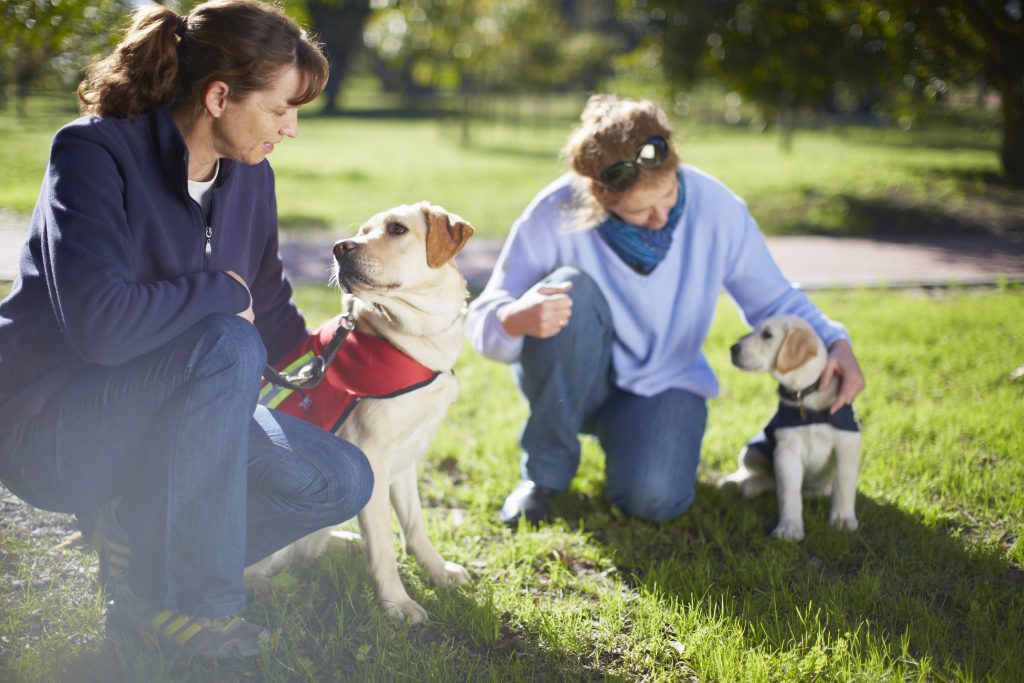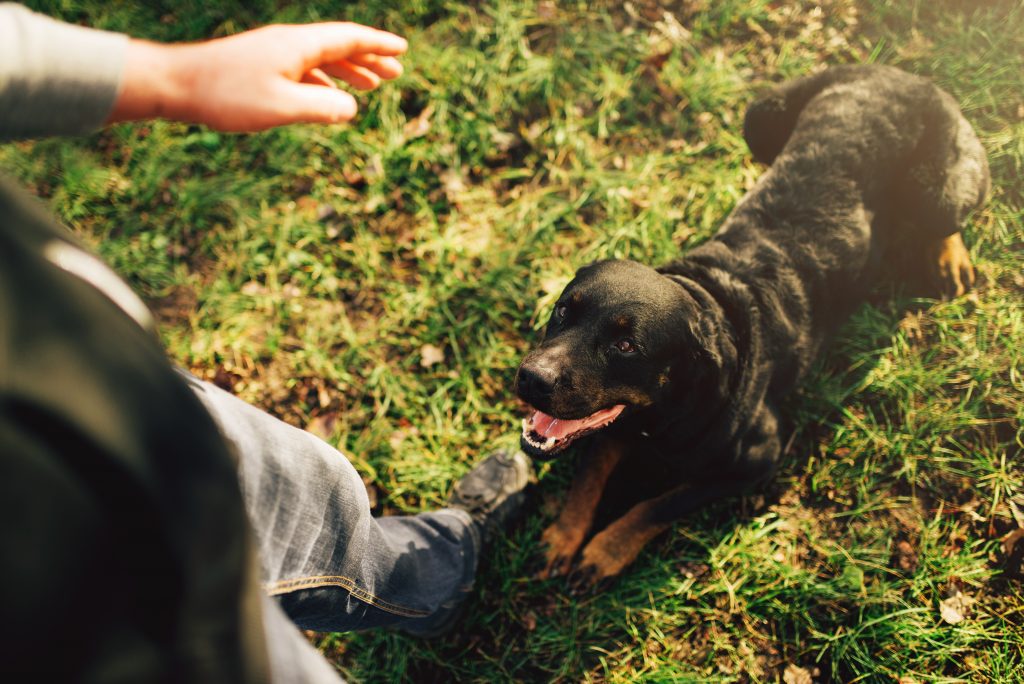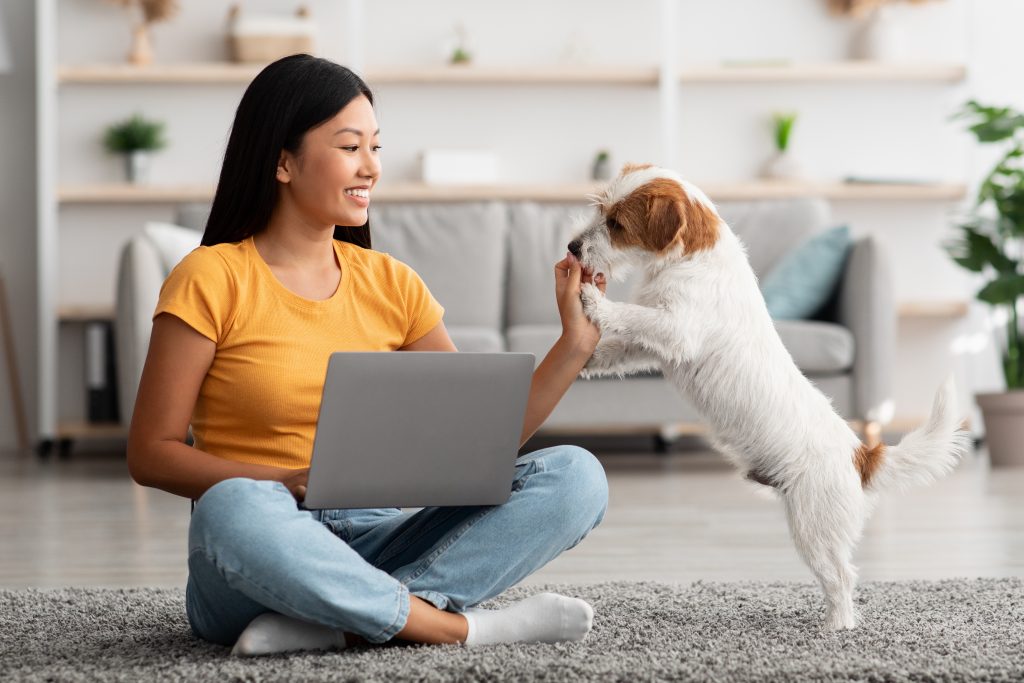Becoming a first-time pet parent can be an exciting and fulfilling experience. The thought of bringing home a furry little friend is enough to make anyone giddy with excitement. However, with this excitement comes great responsibility. Ensuring your new pup is well-behaved and happy requires proper training from the start. Crate training and basic commands are essential to not only prevent behavioral issues but also to establish a strong bond with your pup. Potty and house training are also crucial in creating a happy and healthy environment for your new furry friend. In this article, we’ll explore the importance of proper training for first-time pet parents, including how to deal with common behavioral issues that may arise.
The Exciting Time of Becoming a Pet Parent
Becoming a pet parent is an exciting time filled with joy, love, and new responsibilities. As a first-time dog owner, you’ll not only encounter new challenges, but also have the opportunity to experience the amazing benefits of dog ownership.
One of the most rewarding aspects of being a pet parent is the companionship that dogs bring. They make great friends and can help you feel less lonely. Whether you’re cuddling on the couch or going for a walk in the park, dogs provide unconditional love and a unique bond that can’t be found anywhere else.
However, being a first-time dog owner also comes with a lot of responsibilities. It’s important to take care of your pet’s physical and emotional needs, including training, veterinary care, and ensuring they get enough physical and mental stimulation.
To make the most out of your experience as a pet parent, it’s crucial to address any challenges that may arise along the way. This includes potential behavioral issues, such as potty training or house training, as well as any unwanted or destructive behavior.
By using positive reinforcement training methods and working with a professional trainer or attending puppy training classes, you can create a safe and happy environment for your furry friend. It’s also important to establish a regular schedule for your dog’s exercise and playtime, while also making sure they have a crate ready for any periods of time when they need a safe space.
In addition to these responsibilities, it’s important to prioritize your pet’s preventative medical care and attend to any medical emergencies as soon as possible.
Becoming a first-time dog owner can be an exciting and rewarding experience. By embracing the positive aspects of dog ownership and being prepared for the challenges that come with it, you can create a lifetime of memories with your furry friend.

Crate Training
Crate training is an excellent training technique that can provide your puppy with a safe space and help with potty training. This technique involves using positive reinforcement to associate the crate as a comfortable and secure space for the puppy. Here are some steps to get started:
1. Gradually introduce the crate: It is essential to introduce the crate to your puppy slowly. Place the crate in a central location in your house, with the door open, and allow the puppy to explore it on their own. You can also try placing treats inside the crate to motivate your puppy to go inside.
2. Use verbal commands: Encourage your puppy to enter the crate by using verbal commands such as “crate” or “kennel.” As your puppy starts to associate the crate with positive reinforcement, they will begin to enter it on their own.
3. Gradually increase the time spent in the crate: Start by placing your puppy in the crate for a few minutes at a time, while you’re still nearby. Gradually increase the amount of time your puppy stays in the crate, always making sure that you are nearby to supervise and ensure they are comfortable.
4. Crate-ready: Once your puppy is comfortable enough to enter and stay calm in the crate, you can start using it for longer periods. A puppy is considered crate-ready when they willingly enter the crate on their own and stay inside without distress.
Crate training has several benefits, such as providing your puppy with a safe space that they can call their own, as well as aiding in potty training. It also provides a sense of security for your puppy, which can help reduce anxiety in times of stress or change. By using positive reinforcement techniques and slow and gradual increments, your puppy will come to associate the crate as a positive and safe space.
Basic Commands
Basic commands are an essential part of training your dog, regardless of their age or breed. They help your furry friend to develop obedience, better communication skills, and socialization.
When you start teaching your dog basic commands, it’s important to focus on the most important ones first, such as ‘sit’ and ‘stay.’ These commands will not only help you manage your dog but also keep them safe in different situations.
As your dog becomes more accustomed to following these simple commands, you can move on to more complicated ones such as ‘roll-over’ and ‘fetch.’ However, you should always establish a strong foundation with the basic commands before moving on to more challenging ones.
Using positive reinforcement techniques like treats and praise is an effective way to encourage good behavior when teaching basic commands. Reward your dog with small treats for every successful attempt. Verbal praise and attention can also be a powerful motivator for your dog, so always be generous with it during training sessions.
It’s important to keep training sessions short and consistent, as it helps your dog to build focus and maintain interest. Short sessions are less exhausting, and they allow your dog to process what they have learned.
Potty Training and House Training Basics for Puppies
Potty training or house training is one of the most crucial aspects of training a new puppy. It requires patience, consistency, and a positive approach towards rewarding good behavior. Potty training should always be the starting point for new pet parents as it sets the foundation for establishing good behavioral patterns in puppies.
The first step towards potty and house training is to establish a designated area for your puppy to do its business. This can be done through the use of puppy pads or by taking your puppy outside to a specific spot. Positive reinforcement is key for effective potty training. Use treats and verbal praise to reward your puppy every time it uses the designated area. This encourages the puppy to associate the behavior and the area with positive outcomes.
While house training may seem challenging, it’s important to understand that accidents are normal during the process. The key is to remain patient, consistent, and not scold your puppy for accidents. Instead, utilize training tools such as puppy pads and treats to give your puppy a cue for where to do its business.
As your puppy grows and becomes better at potty training, gradually extend the period between breaks. This allows the puppy to slowly develop bladder control and reduces the risk of accidents indoors. Always ensure that you take your puppy out immediately after waking up, playing, or eating as these are times when they are most likely to need to relieve themselves.

Conclusion
In conclusion for the best dog training tips, being a pet parent requires a lot of commitment and preparation. Proper research and a solid grasp of dog training fundamentals are crucial. Success hinges on employing consistent training techniques involving positive reinforcement and patience. Professional trainers can provide valuable assistance in dealing with behavioral problems. Remember, a well-trained dog is not only a joy to be around but also a loyal companion that can bring a lot of happiness into our lives. So, embrace this exciting time with your new furry friend, keep a regular schedule, and enjoy the journey of being a loving and responsible pet parent.

